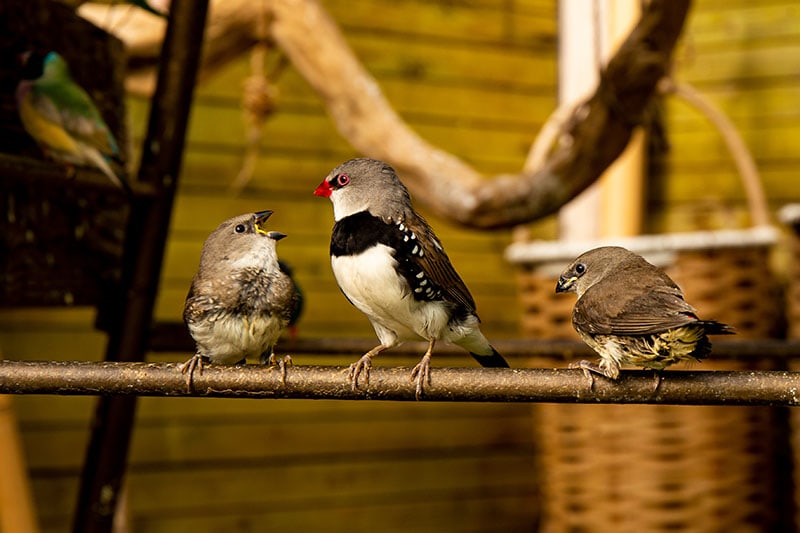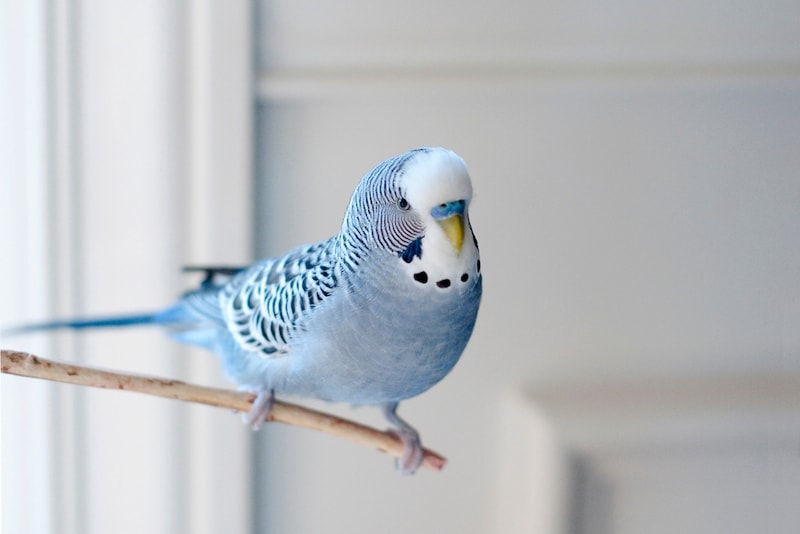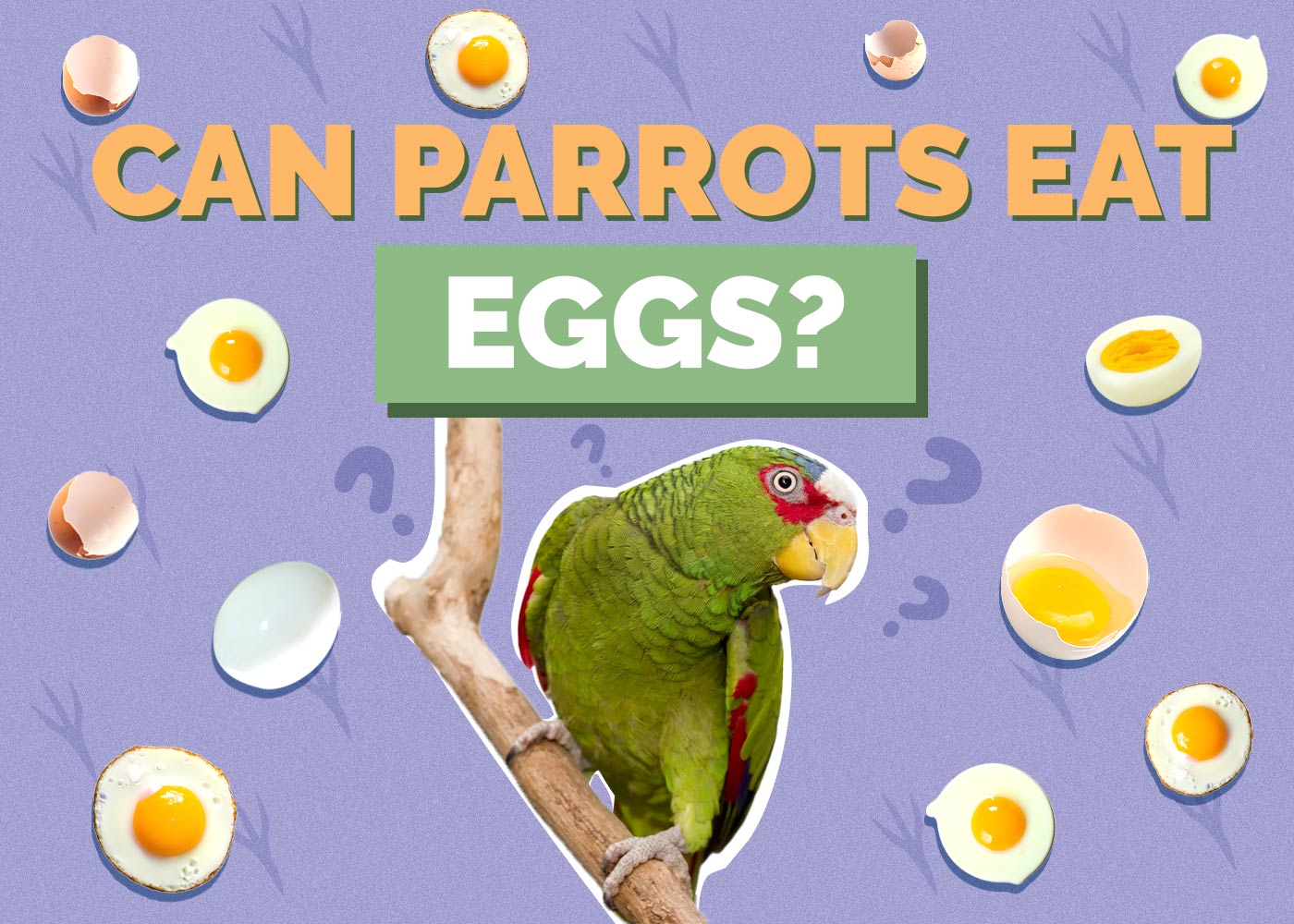17 Vet-Approved Parakeet Facts

By Misty Layne
Updated on
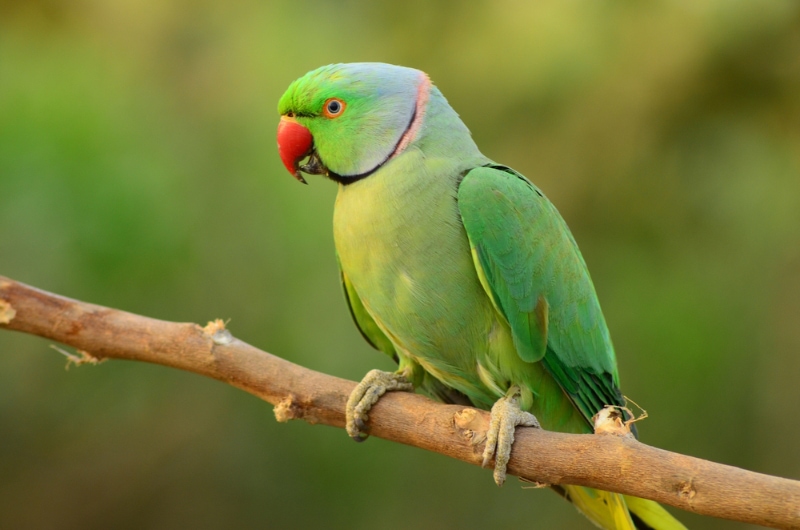
Parakeets are a group of birds in the parrot family. Budgerigars (Melopsittacus undulatus), commonly called parakeets, are a popular pet bird, and this article refers to the cute pets unless stated otherwise! These birds are sociable, curious, and talkative (well, some of them speak, but not all). But how much do you really know about parakeets? If you’re considering getting one of these birds as a pet, there’s plenty you should know about them, which is why we’ve gathered 19 facts to share with you.
Some of these facts are things you should know, while others are just fascinating or fun. Keep reading to learn more about these lovely birds!
The 17 Facts About Parakeets
1. A parakeet holds a Guinness World Record.
We stated previously that some parakeets can talk; in fact, you can teach these birds a rather extensive vocabulary with enough time and patience. And getting to speak to your feathered friend is tons of fun! But what constitutes an extensive vocabulary exactly? Well, Puck is a parakeet that holds the Guinness World Record for the bird with the largest vocabulary.1 How many words did this parakeet know? 1,728!

2. Adult parakeets in the wild have few predators.
You’d think birds living in the wild (especially in Australia, where the parakeet originated) would have lots of predators. But it turns out that the parakeet has relatively few! Their predators include birds of prey, such as falcons, and feral cats. Scientists think that parakeets stay relatively safe because they flock in large groups, and those groups fly erratically to confuse aerial predators. Plus, sometimes, a parakeet’s coloring helps them to blend in with the green leaves or yellow wattle flowers in their environment. That doesn’t mean they have no predators, but they have surprisingly few for such a small bird!
3. These birds are curious and smart.
Parakeets are highly intelligent, which is why you can teach them how to talk and why they can have such a large vocabulary. This intelligence also makes training these birds fairly easy (try teaching your parakeet a few tricks and see how quickly they pick things up!). Parakeets are incredibly curious, too, so you need to keep them entertained with plenty of stimulating toys. Give your pet a foraging game or some puzzles, and watch how happy they become!
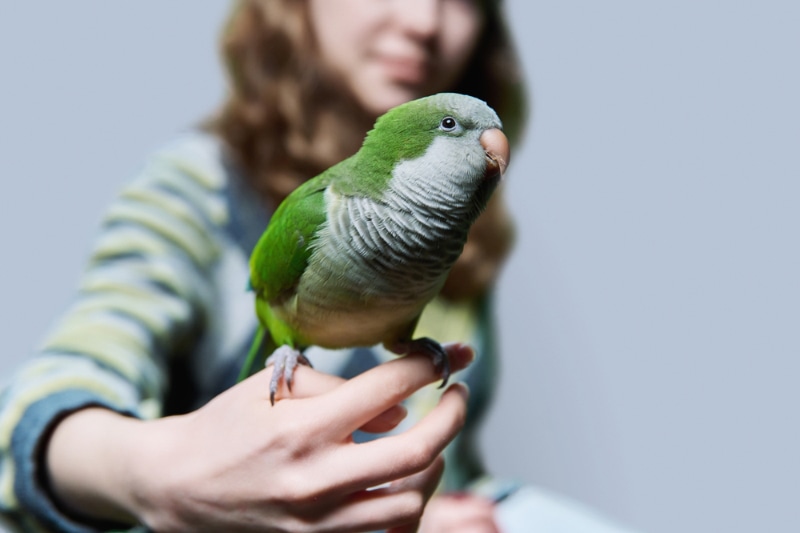
4. Parakeets are monogamous.
Did you know that parakeets are often monogamous? That’s right; once a bird has found their mate, they will stay with them and only them for the rest of their lives. These birds form bonds through a courtship that involves such things as feeding one another, singing, grooming and dancing. The parakeet’s call is especially important for communication between a bonded pair and a female will recognise her mate’s unique call after being separated for one month.2 And if one of a bonded pair of parakeets passes away, anecdotally some pet parakeets will show changes in behavior and appear anxious or depressed.
5. These birds are nomadic.
Pet parakeets won’t be nomadic (we hope), but those living in the wild change locations quite often. They’ll migrate to the north and the south of Australia at different times, depending on the climate, to find where more food is available. These birds can fly several miles to find food and water.
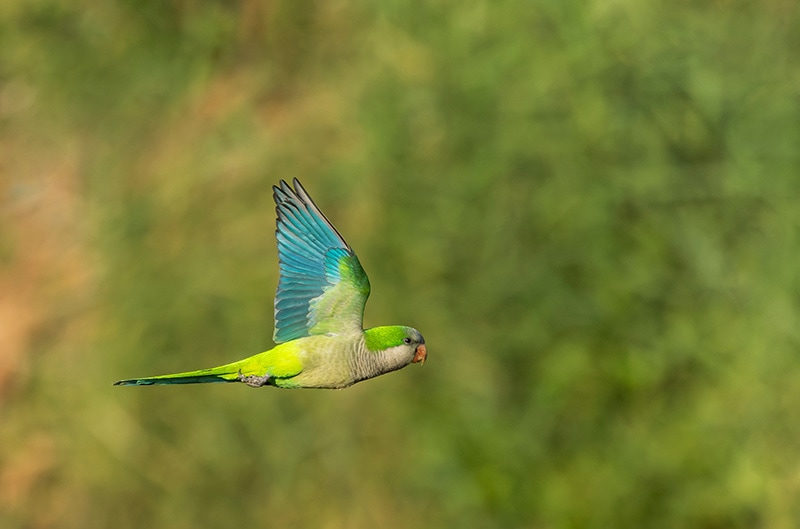
6. A parakeet’s beak grows continuously.
A parakeet’s beak grows continuously, which can become a problem if not dealt with. You can aid your bird in maintaining their beak by getting them a cuttlebone and plenty of wood toys to play with. These items will help your parakeet wear their beak down so it doesn’t overgrow. Plus, the cuttlebone will provide your pet with calcium! Keep in mind that liver disease and other health problems can cause beak overgrowth, so if your parakeet’s beak is unusually overgrown you should get them seen by a bird vet.
7. You can tell the sex of a parakeet by their beak.
Need help determining if your parakeet is male or female? You can figure it out by looking at their beak! Parakeets have something called a cere, a fleshy covering right above the beak, and this cere is different colors depending on the sex of your bird. Mature males will have a bright blue cere, while females will have brown/white ones. Juvenile birds will have this color difference, too, but the coloring of their cere will be much fainter.
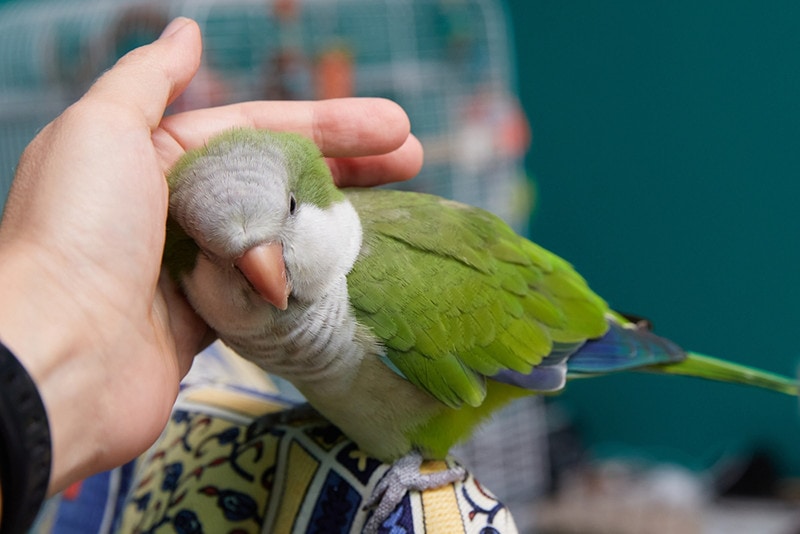
8. Parakeets don’t make nests.
You would think all birds in the wild would build nests, but parakeets do not! Instead, they nest in hollowed-out spaces, like holes in trees or fallen logs. When they do this, they end up pretty close to their neighbors, usually only a few feet away. However, there is one parakeet that does build a nest—the monk parakeet. This bird not only builds a regular nest of twigs but builds one large enough to home a whole colony!
9. These birds are fans of water.
Fans of playing in water, that is! Parakeets are extremely fond of water activities, which is great for you because letting them play in water helps keep them clean. Just give your bird a shallow container filled with a bit of lukewarm water a couple of times a week, and they’ll take great joy in splashing around and bathing. Or you can use a spray bottle to spritz your bird (just avoid the face!). Either way, your parakeet will have a blast.
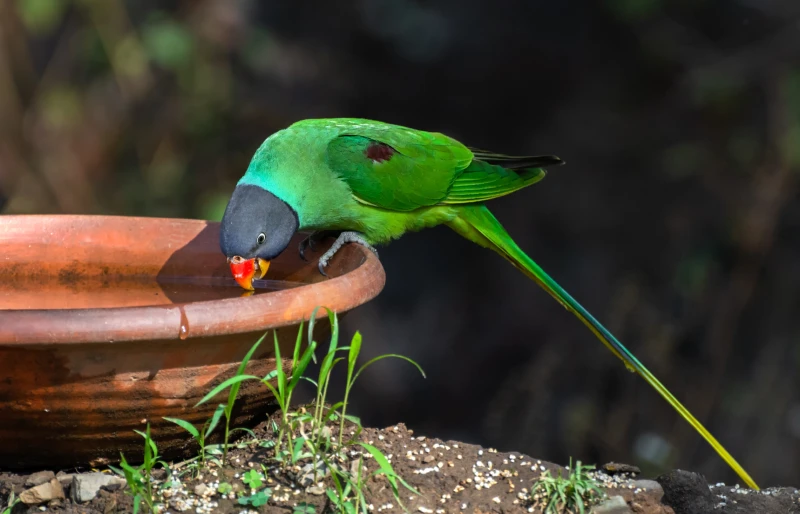
10. These birds were first exported from Australia in 1840.
In 1840, parakeets were exported for the first time from Australia to England by a man named John Gould. Soon, these birds were being exported in massive quantities because everyone had fallen in love with them. Australians became concerned about the depletion of the species in its native land as well as the conditions the birds were exported in. The export of these birds was first regulated by the South Australian Birds Protection Act 1900 . By that time, the birds were already beginning to be bred in other countries, which is how they continued to take over the world.
11. Parakeets only have four toes.
Did you know parakeets only have four toes? Even more interesting is that two of those toes face backward while the others face forward. This makes the parakeet a zygodactyl! Those toes are situated this way for good reason, though; with their toes the way they are, parakeets have an easier time grabbing onto things and climbing.

12. Parakeets can get foot disease.
If you want to check the health of your parakeet, one thing to check is their feet. A parakeet’s feet can tell you a lot about their health. For example, bumblefoot can cause the bottom of the foot to appear swollen; bumblefoot can be caused by obesity and a poor diet as well as abrasive or dirty perches. Or you might see articular gout, which looks like white lumps under the skin, which could indicate kidney disease. And scaly feet can be a sign of mites. So, check your bird’s feet regularly and seek veterinary help if you notice any problems!
13. Parakeets can live a long time!
How long a parakeet lives will depend on the kind of care and attention they get throughout their life, but take care of your bird well, and they could live anywhere between 10 and 20 years. The oldest parakeet recorded was 29 years old. Taking care of yours so they enjoy that long a life will involve making sure your bird gets plenty of mental and physical stimulation, has proper healthcare, and is being fed the correct diet. Plus, don’t forget these birds are friendly, so you want to be sure to give yours plenty of your time!
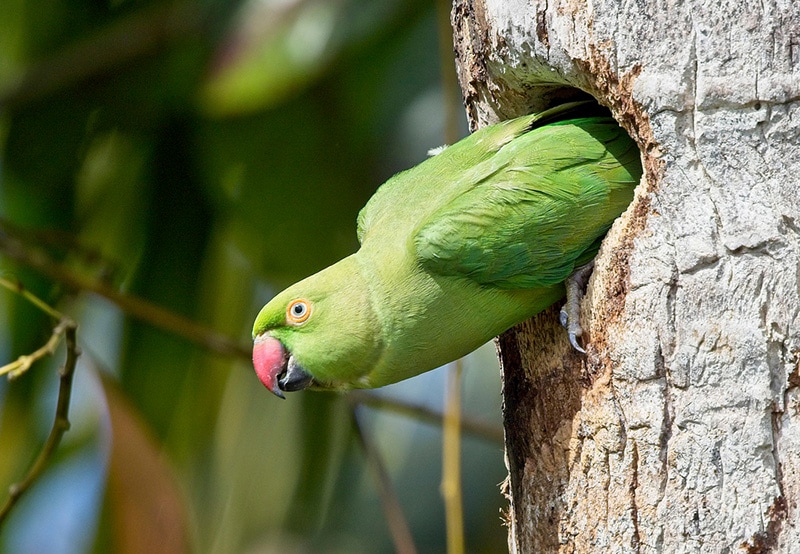
14. Parakeets are flock birds.
Parakeets are flock birds, which means they are very friendly with other members of their flock and will be the same with you if well socialized with humans. This is important to know because a parakeet that is flockless will not have their social needs met (this is the reason it’s suggested you adopt two of these birds at the same time!). For a single parakeet, their human family will need to be their flock, so ensure your bird is getting plenty of interaction, attention, and conversation, but this won’t completely replace their natural need to have bird friends.
15. The name “parakeet” comes from a French word.
The word “parakeet” came from the French word— “perroquet”. Perroquet means “parrot”, though, with the actual French word for parakeet being “perruche”!

16. There are lots of kinds of parakeets.
Budgies may be the most common pet parakeet, but there are around 120 species (and subspecies) of parakeets out there. Other than the budgerigar, Alexandrine parakeets and rose-ringed parakeets are also popular pet species.
17. There are lots of legends about how the ring-necked parakeet got to the United Kingdom.
There have been some pretty wild rumors over the years about how these parakeets showed up in the U.K. One rumor involves Jimi Hendrix releasing a pair in the 1960s; another involves parakeets escaping from the 1950s film set of The African Queen. There was even a rumor of these birds showing up due to their escape from a crashed plane. Of course, none of these rumors proved true. It seems these parakeets were intentionally released throughout the years instead.
Conclusion
Now you know 17 facts about parakeets that you might not have known before! Knowing more about an animal means you’ll be a better pet parent to them, so whether you already have a parakeet or are considering getting one, these facts will help you out. Be sure to share this knowledge with your friends and family, too!
Featured Image Credit: Chetan Mahajan, Shutterstock


